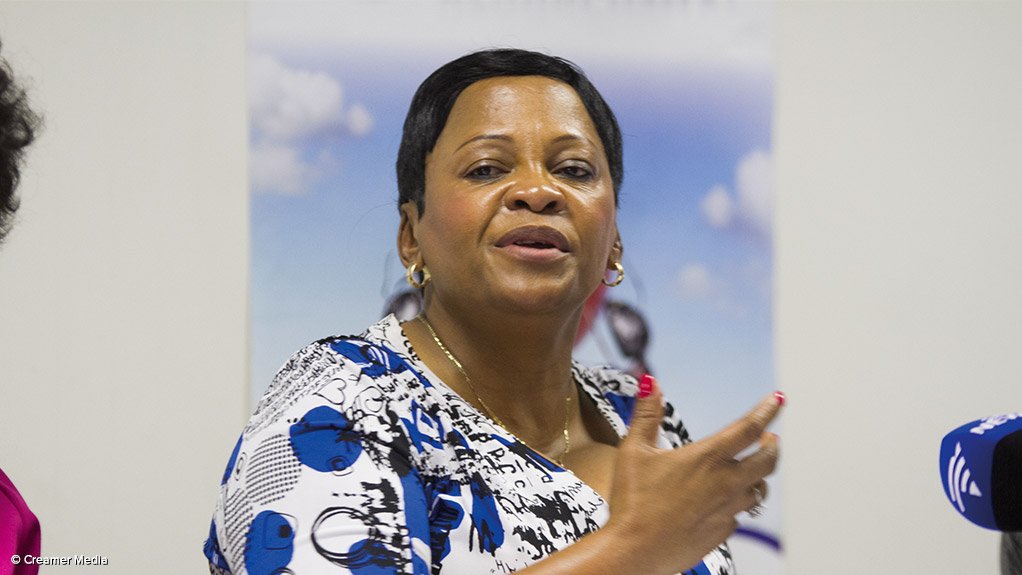The Department of Water and Sanitation (DWS) will place renewed focus on the maintenance and upgrade of water and sanitation infrastructure in the coming financial year, having already allocated resources for the planning and design of “numerous” proposed new water schemes and sanitation plants across South Africa, Water and Sanitation Minister Nomvula Mokonyane said on Thursday.
Speaking to journalists ahead of her Budget Vote speech, in Parliament, on Thursday morning, Mokonyane sketched her department’s intention to legislate minimum spend by municipalities on maintenance to ensure that existing infrastructure did not further deteriorate.
As part of the Back-to-Basics programme aimed at supporting municipalities with resources to bolster performance in the delivery of water and sanitation, 27 district municipalities, as well as the Nelson Mandela metropolitan municipality, had been identified as “in need of interventions”.
“We need to retain focus on maintenance, so [we’re] mandating the ring-fencing of funds. Municipalities will have to spend at least 15% of their budgets on maintenance,” she commented during a media briefing.
According to the Minister, some 88% of South Africans currently had access to clean water, while 78% had been provided with adequate sanitation.
Listing major water infrastructure projects currently under way, Mokonyane outlined that the department had committed funds to the uMkhomazi water project, in KwaZulu-Natal, the Lusikisiki regional water supply scheme, in the Eastern Cape, and the Sedibeng regional sewer scheme, in Gauteng.
It further planned to start the raising of the Clanwilliam dam wall, in the Western Cape, as well as that of the Hazelmere dam, in KwaZulu-Natal, in the coming 12 months.
“Additional water infrastructure commitments include the Groot Letaba river water development project, which will see the construction of a dam in Nwamitwa, Limpopo, that will benefit 425 000 people,” the Minister said, adding that the department intended to achieve a 15% reduction in water losses in the current financial year.
The DWS had, meanwhile, made “significant strides” towards the eradication of the bucket system, successfully eliminating 20 560 buckets over the 2014/15 period.
It was also investigating numerous technologies that would avoid the use of clean drinking water for the disposal of human waste.
“Our current method of disposing of human waste through flushing toilets using drinking-quality water is both unwise and unsustainable. In this regard, we are determined to introduce low-water and no-water solutions as part of our efforts to deliver sanitation.
“We will, in the near future, announce steps to introduce norms and standards for the provision of sanitation for application in the country. This is a sanitation revolution that we will lead and champion as a department,” she remarked.
She added that the department continued to investigate ways to decisively deal with issues of acid mine drainage, but remained vague on specific interventions.
EMAIL THIS ARTICLE SAVE THIS ARTICLE
To subscribe email subscriptions@creamermedia.co.za or click here
To advertise email advertising@creamermedia.co.za or click here











